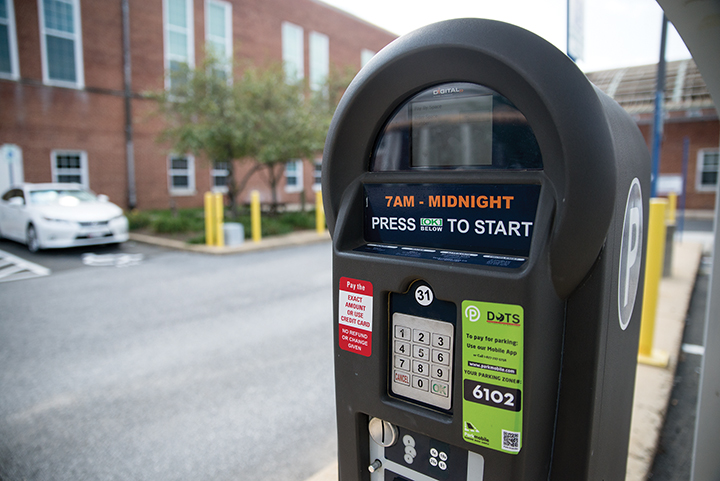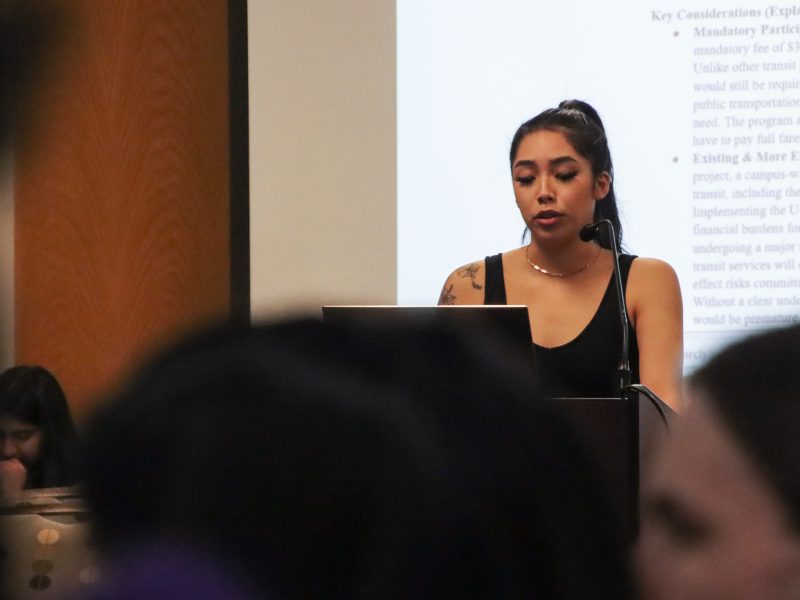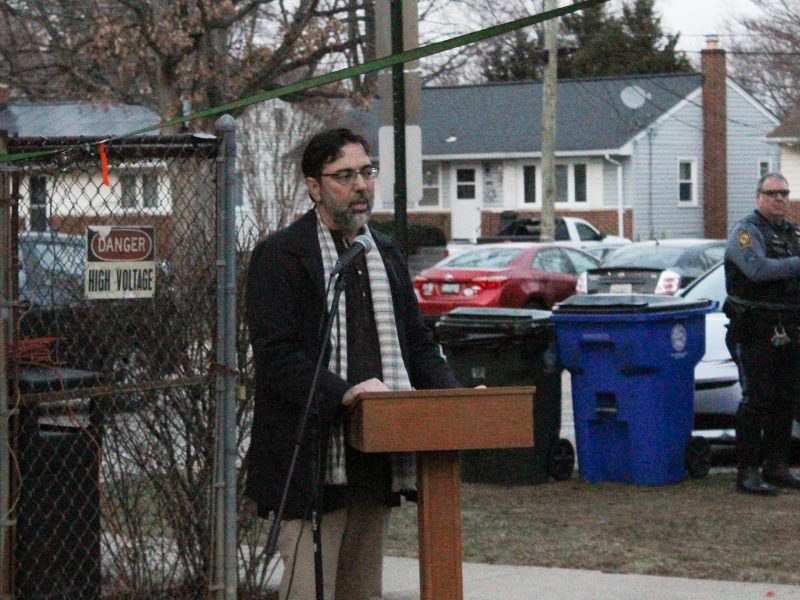University of Maryland students will be facing a major parking downsize in the next two years due to campus construction.
Seven development projects will account for about 2,700 parking spots being eliminated by fall 2018, according to Department of Transportation Services data.
Initial reports in 2014 said resident parking would be phased out beginning this semester, but the schedule for that has been delayed by about a year, said DOTS Executive Director David Allen. Now, freshmen and sophomores will not be allowed to park on the campus starting in fall 2017.
Even though some parking spots will be freed up from that change, there will still be an overall loss in parking spots, which will force students to pay an increased parking permit fee and mandatory transit fees.
Students who want to park on the campus will see about an 18.6 percent increase in the student parking fees in 2018, according to DOTS projections. Regardless of whether students wish to park on the campus, every student will have to adhere to about a 14.6 percent increase in the mandatory transit fees. Those will also go into effect in 2018.
DOTS had the choice between building a parking garage, which would have resulted in student fees being significantly higher, or restricting parking for underclassmen and imposing fewer extra fees on all of the students.
“We have a certain budget which needs to be at a particular level, and it needs to stay that way even throughout all this,” Allen said. “So when we say we have to increase fees like this, this is so we can continue to pay all of the bills.”
The department is currently working with student and faculty representatives from the University Senate’s Campus Transportation Advisory committee to finalize details about the fee increase and parking spot elimination.
A.J. Pruitt, the Student Government Association’s Student Affairs vice president, has taken part in those meetings since last spring. A junior economics and government and politics major, Pruitt said it’s a priority to make sure the student body is represented in these decisions.
“CTAC is a body that was created by the university senate to help oversee DOTS and to advise them, especially to advise them on the student fee proposal,” Pruitt said. The committee has student representatives from the Residence Hall Association, SGA and Graduate Student Government, as well as several faculty and administrators.
Many students view parking as more of a right than a privilege, Pruitt said.
“That’s not the way [of thinking] at a lot of universities around the country, and unfortunately, I think moving forward, that’s not going to be the way it is at Maryland,” he said. “There has to be a much larger conversation on our campus about how much and how highly we are going to regard parking, and what we are going to do to deal with the change.”
Sophomore Stephanie Whitridge, who has her car parked on the campus this year, had a different opinion about offering parking to everyone.
“I don’t think it’s necessary for freshmen because they don’t really have apartments, but I need it for groceries and getting stuff for my apartment,” the computer science major said. “I feel like it’s a bit much for every student to pay more for the fee, but for kids who are using parking, it’s going to be worth it for them to pay more if they need it.”
Although students won’t see these extra charges until 2018, the various construction projects are already eating away at parking.
The engineering school renovation from May 2015 made the first dent by taking out almost 200 parking spots behind the Jeong H. Kim Engineering Building. Following that, the new Brendan Iribe Center, which started construction in April, took away more than 400 spots.
About 964 parking spots in Lot 1 will be eliminated in January for the Cole Field House expansion, and by the spring 2017 semester more spots will be taken out to make way for the Purple Line rail. Subsequently, the tennis court replacement will be done in summer 2017, and the new public policy school is projected to eliminate 122 parking spaces starting in fall 2018.
The timing is less than ideal for some of the projects, Allen said.
“We are hoping that [parking loss from Cole] will slip a little bit,” he said. “Losing almost 1,000 spaces in the middle of an academic year is certainly a challenge.”



